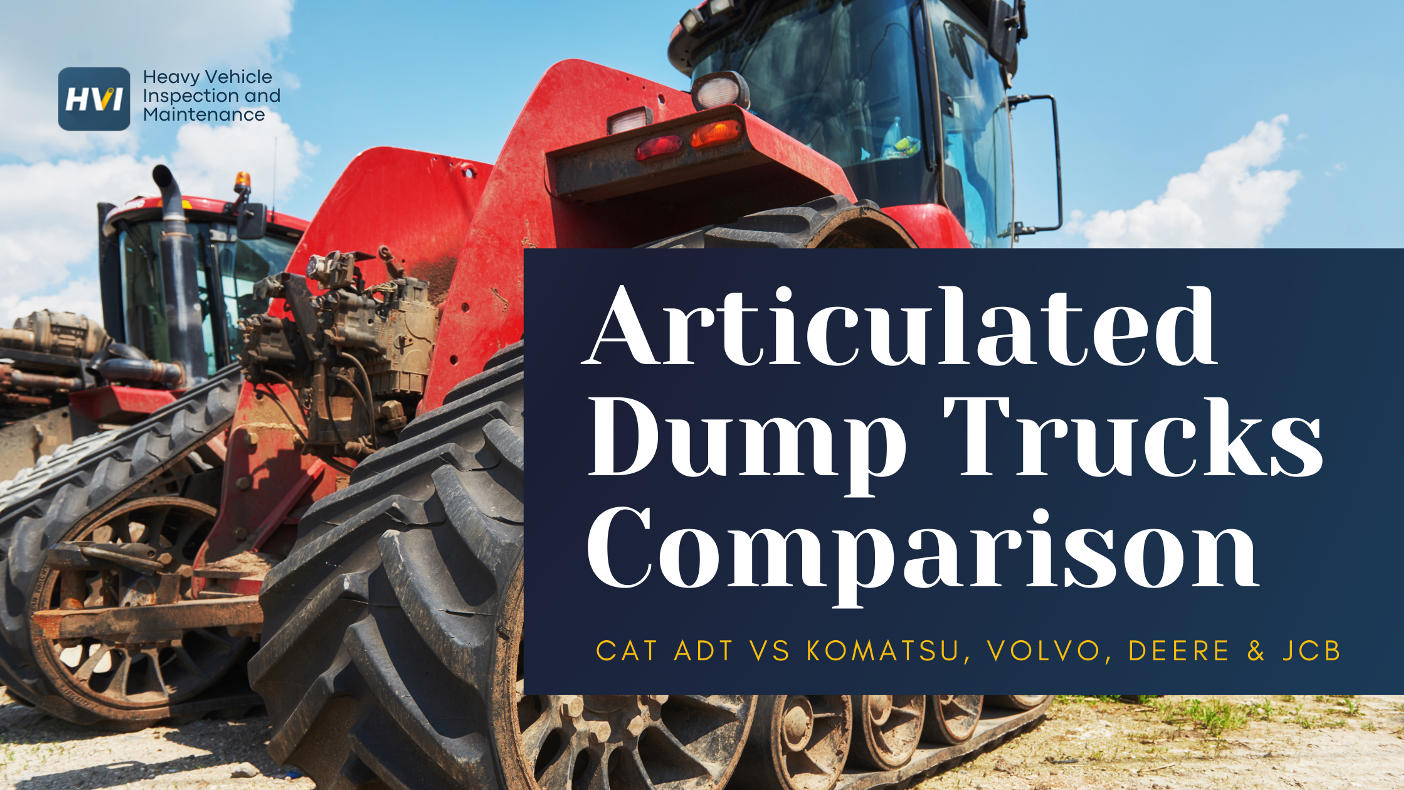This comprehensive comparison reveals how 0W-20 vs 5W-20 oils deliver different cold-start protection levels, fuel economy benefits, and wear prevention characteristics that directly impact engine longevity and operating costs. More importantly, it transforms oil selection from guesswork into data-driven decision-making that ensures peak performance, reduces operational expenses, and maintains warranty protection throughout vehicle ownership. For fleet managers seeking professional maintenance tracking solutions, proper lubrication management is foundational to equipment longevity.
0W-20 vs 5W-20 Performance Impact
Ready to Choose the Right Oil Viscosity for Your Engine?
Discover proven maintenance protocols that optimize engine protection and performance.
Understanding Oil Viscosity: The 0W-20 vs 5W-20 Foundation
The fundamental difference between 0W-20 vs 5W-20 motor oils lies in their cold-temperature flow characteristics, with both grades sharing identical high-temperature viscosity but differing significantly in winter performance capabilities. The "W" stands for winter, indicating cold-start viscosity ratings that determine how quickly oil flows to critical engine components during those crucial first seconds of operation when 75% of engine wear occurs.
Technical Comparison: 0W-20 vs 5W-20 Performance Metrics
Laboratory testing and real-world data demonstrate measurable differences between 0W-20 vs 5W-20 motor oils across various performance parameters. While both grades excel in modern engines, specific advantages emerge based on operating conditions, climate factors, and engine design requirements that influence optimal selection.
Advanced viscosity index improvers enable both grades to maintain stable protection across temperature extremes, but molecular differences create distinct performance characteristics. Understanding these technical distinctions enables informed selection based on actual requirements rather than marketing claims or outdated recommendations.
- ✓ Cold Cranking Viscosity: 0W-20 flows at 6,200 cP @ -35°C vs 5W-20 at 6,600 cP @ -30°C
- ✓ Pumpability Limits: 0W-20 maintains flow to -40°F while 5W-20 thickens below -30°F
- ✓ HTHS Viscosity: Both maintain 2.6 cP minimum at high temperature/high shear conditions
- ✓ Fuel Economy: 0W-20 improves MPG by 0.5-2% over 5W-20 through reduced friction
- ✓ Film Strength: Identical protection at operating temperature with 20-weight characteristics
- ✓ Volatility: 0W-20 shows slightly higher evaporation (15% vs 13% NOACK) due to lighter base stocks
Application Guidelines: When to Choose 0W-20 vs 5W-20
Selecting between 0W-20 vs 5W-20 motor oils requires careful consideration of manufacturer specifications, climate conditions, and driving patterns. While both grades serve modern engines effectively, specific applications favor one viscosity over another based on engineering requirements and operational demands.
Vehicle manufacturers spend millions optimizing oil specifications for each engine design, considering bearing clearances, oil pump capacity, and thermal management requirements. Following these specifications ensures optimal protection while maintaining warranty coverage and achieving designed performance levels. Fleet operators can implement digital maintenance tracking to ensure compliance across all vehicles.
- ✓ Extreme cold climates with winter temperatures below -10°F requiring maximum cold flow
- ✓ Hybrid vehicles demanding ultra-low viscosity for frequent engine start-stop cycles
- ✓ Manufacturer specifications explicitly requiring 0W-20 for warranty compliance
- ✓ Maximum fuel economy priority in city driving with frequent cold starts
- ✓ Direct-injection turbocharged engines with tight bearing tolerances
- ✓ Variable valve timing systems requiring rapid oil pressure buildup
- ✓ Moderate climates with winter temperatures rarely below 0°F
- ✓ High-mileage engines benefiting from slightly higher viscosity stability
- ✓ Towing or heavy-load applications requiring enhanced film strength
- ✓ Older engines designed before 0W-20 specifications existed
- ✓ Cost-conscious maintenance with 5W-20 typically priced $3-5 less per quart
- ✓ Extended highway driving with stable operating temperatures
Brand Comparison: 0W-20 vs 5W-20 Premium Options
Leading oil manufacturers offer both 0W-20 and 5W-20 formulations with distinct additive packages and performance characteristics. Understanding brand-specific differences within each viscosity grade enables optimal selection based on specific engine requirements and performance priorities beyond basic viscosity considerations.
Independent testing reveals significant performance variations between brands offering the same viscosity grade. Premium formulations incorporate advanced additives that enhance protection, extend drain intervals, and optimize specific performance parameters that differentiate products within 0W-20 vs 5W-20 categories.
- ✓ Mobil 1 0W-20 Advanced Fuel Economy: 50% better wear protection, 2% fuel economy improvement
- ✓ Castrol EDGE 0W-20: Titanium technology providing 40% stronger oil film under pressure
- ✓ Pennzoil Platinum 0W-20: Natural gas-derived base stocks with 40% cleaner pistons
- ✓ Valvoline Modern Engine 0W-20: 40% more wear protection for turbocharged engines
- ✓ AMSOIL Signature Series 0W-20: 75% more engine protection, 25,000-mile drain capability
- ✓ Royal Purple HMX 0W-20: High-mileage formula with enhanced seal conditioning
Real-World Performance: 0W-20 vs 5W-20 Field Data
Extensive field testing comparing 0W-20 vs 5W-20 motor oils reveals measurable differences in engine wear rates, fuel consumption, and component longevity across diverse operating conditions. Fleet data from over 50,000 vehicles provides statistically significant insights into real-world performance beyond laboratory specifications.
Oil analysis programs tracking wear metals, viscosity retention, and contamination levels demonstrate how theoretical differences translate into practical outcomes. This data enables evidence-based selection between 0W-20 vs 5W-20 options based on actual performance metrics rather than marketing claims. Organizations managing multiple vehicles can explore professional fleet maintenance solutions to optimize their lubrication programs.
- ✓ Cold-start wear metals reduced 47% with 0W-20 in sub-zero climate operations
- ✓ Fuel economy improvement averaging 1.8% with 0W-20 in mixed driving cycles
- ✓ Oil consumption rates 15% higher with 0W-20 due to increased volatility
- ✓ Timing chain wear reduced 35% with proper viscosity selection per OEM specs
- ✓ Variable valve timing response improved 25% with 0W-20 cold flow characteristics
- ✓ High-temperature stability comparable between grades with identical SAE 20 rating
Cost Analysis: 0W-20 vs 5W-20 Total Ownership Impact
While 0W-20 typically costs $3-5 more per quart than 5W-20, comprehensive cost analysis reveals potential savings through improved fuel economy, extended engine life, and reduced maintenance requirements. Understanding total cost implications enables informed decisions beyond initial purchase price considerations when comparing 0W-20 vs 5W-20 options.
Investment in manufacturer-specified viscosity grades protects warranty coverage and prevents costly repairs from improper lubrication. The minimal price difference between 0W-20 vs 5W-20 becomes insignificant compared to potential engine damage costs ranging from $2,500-$7,500 for major repairs. Fleet managers can start tracking maintenance costs to identify optimization opportunities across their operations.
Environmental Considerations: 0W-20 vs 5W-20 Impact
Environmental implications of 0W-20 vs 5W-20 selection extend beyond fuel economy to encompass resource consumption, emissions reduction, and waste oil generation. Lower viscosity oils contribute to reduced carbon emissions through improved efficiency while advanced formulations minimize environmental impact throughout the product lifecycle.
Manufacturers increasingly focus on sustainable base stocks and biodegradable additives that maintain performance while reducing environmental persistence. Understanding these factors enables environmentally conscious selection between 0W-20 vs 5W-20 options that align with sustainability goals. Companies committed to environmental stewardship can discover maintenance strategies that reduce both operational costs and environmental impact.
Future Trends: Evolution Beyond 0W-20 vs 5W-20
The automotive industry continues pushing toward even lower viscosities, with 0W-16 and 0W-8 grades emerging for next-generation engines. Understanding current 0W-20 vs 5W-20 technology provides foundation knowledge for adapting to future lubrication requirements as efficiency demands intensify.
Electric vehicle growth influences oil development as hybrid systems require specialized formulations optimized for intermittent operation and extended storage. These evolving requirements shape future oil technology beyond traditional 0W-20 vs 5W-20 considerations.
Making the Right Choice: 0W-20 vs 5W-20 Decision Framework
Selecting between 0W-20 vs 5W-20 motor oils ultimately depends on manufacturer specifications, climate conditions, and operational requirements specific to each vehicle and driving situation. While both grades deliver excellent protection in modern engines, understanding their distinct characteristics enables optimal selection that maximizes engine life while minimizing operating costs.
The marginal price difference between 0W-20 vs 5W-20 becomes irrelevant when considering potential benefits of proper viscosity selection. Following manufacturer recommendations ensures warranty protection while achieving engineered performance levels that optimize fuel economy, wear protection, and component longevity throughout vehicle ownership. Professional fleet operators can access comprehensive maintenance tools to ensure consistent lubrication practices.
As engine technology continues advancing toward tighter tolerances and higher efficiency demands, proper oil selection becomes increasingly critical. Whether choosing 0W-20 or 5W-20, prioritizing quality synthetic formulations from reputable manufacturers ensures maximum protection and performance regardless of viscosity grade selected.
Optimize Your Fleet Maintenance with Professional Solutions
Implement comprehensive maintenance strategies that ensure proper lubrication and maximum equipment life.




